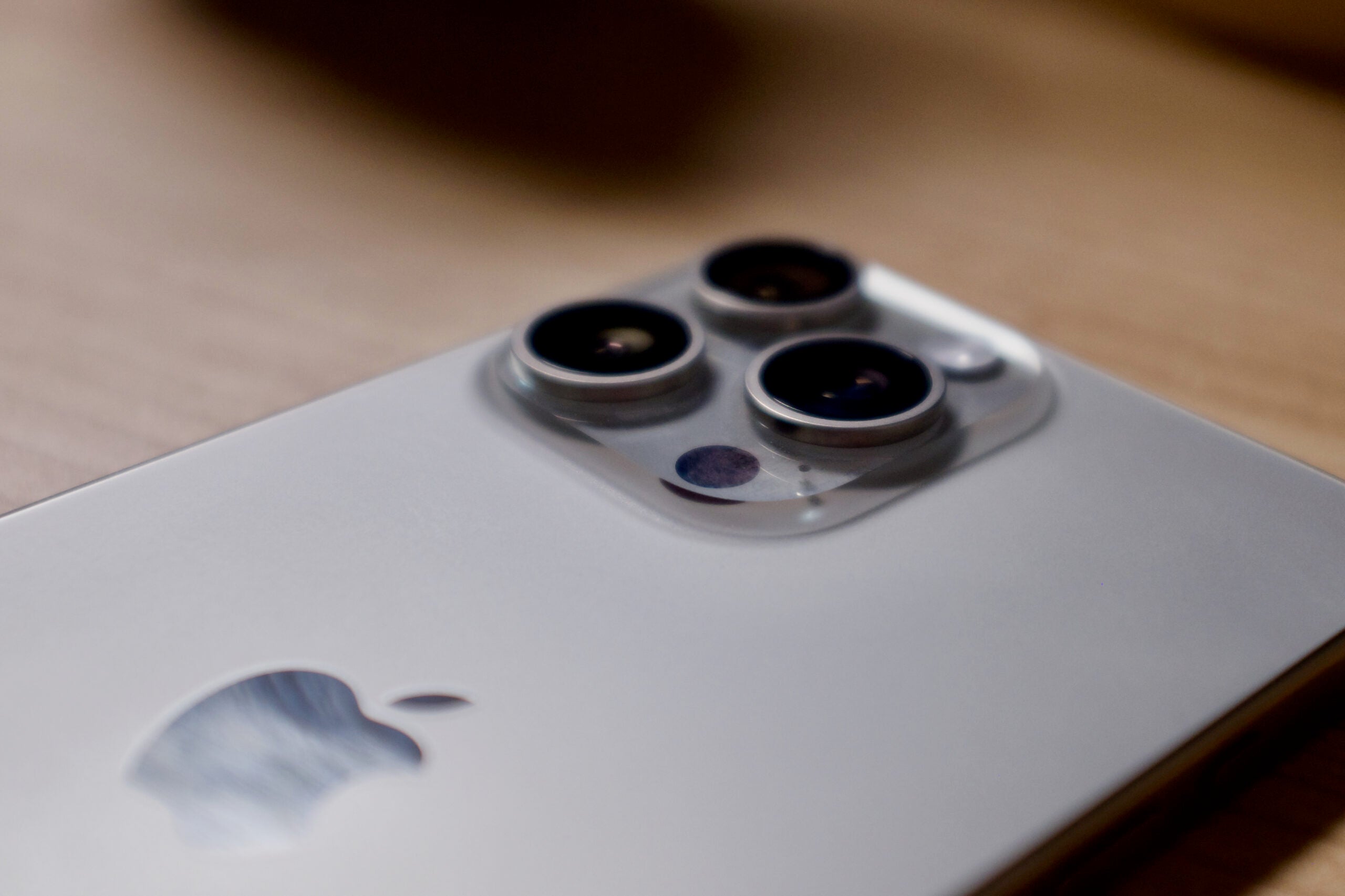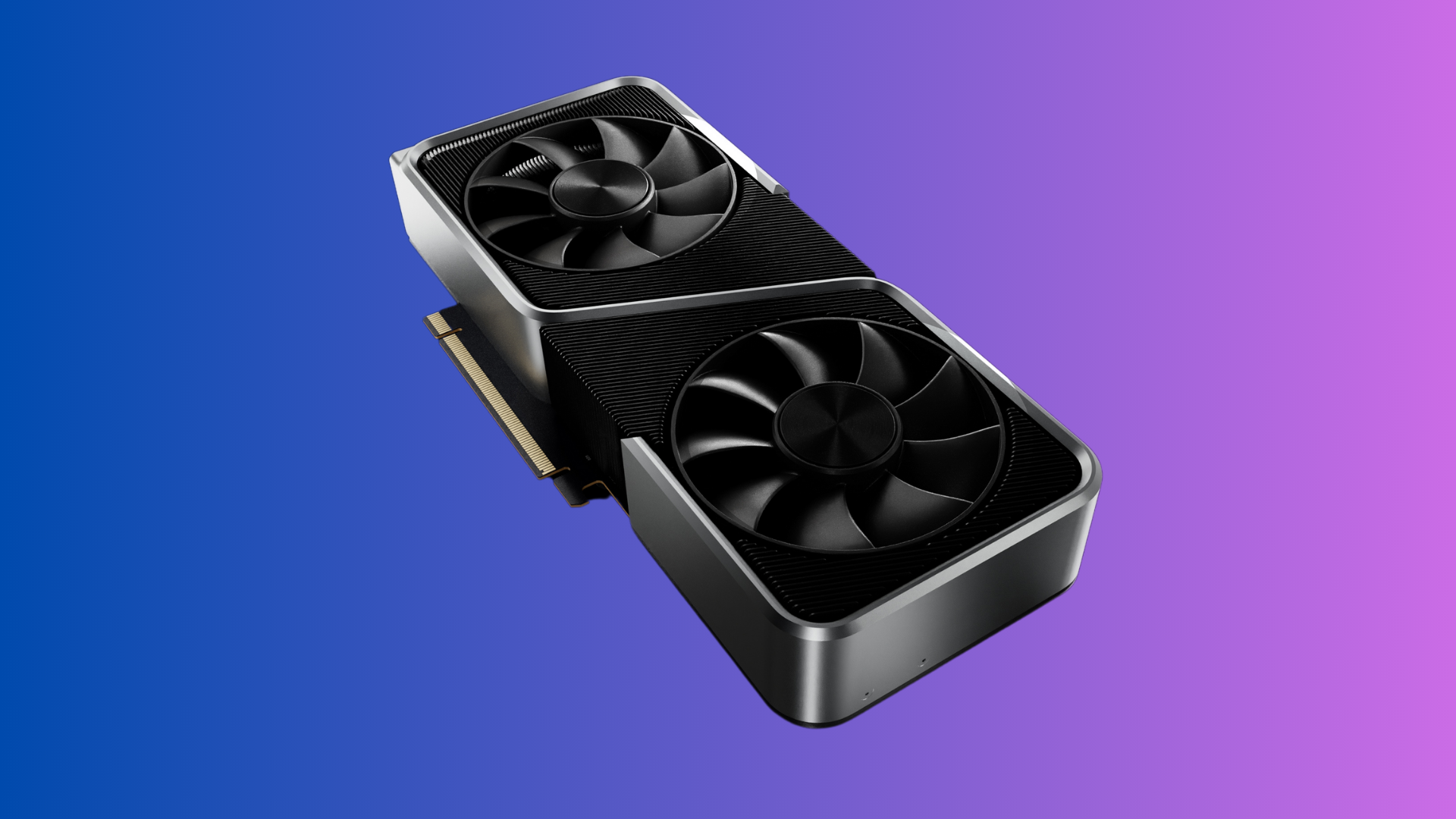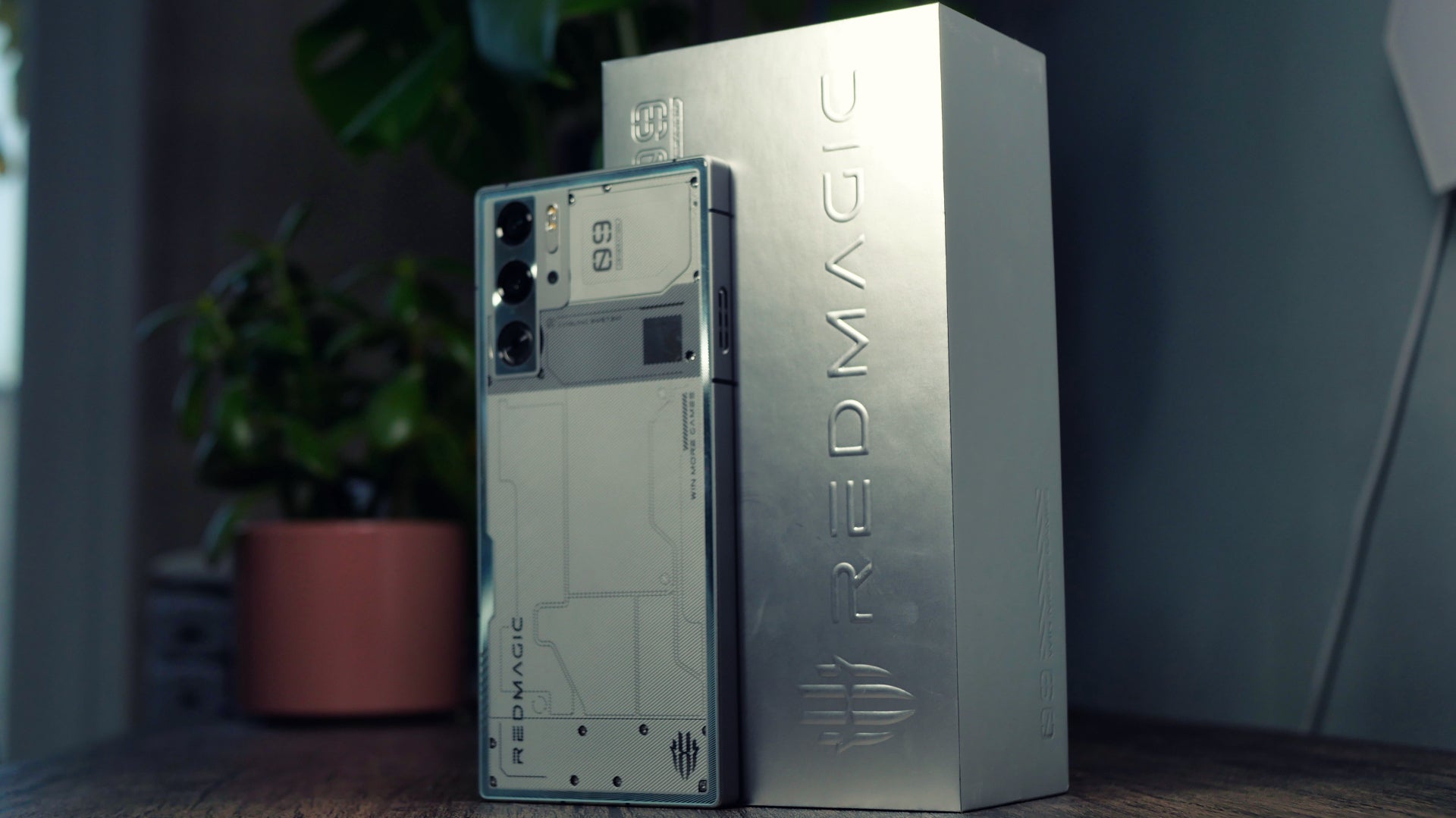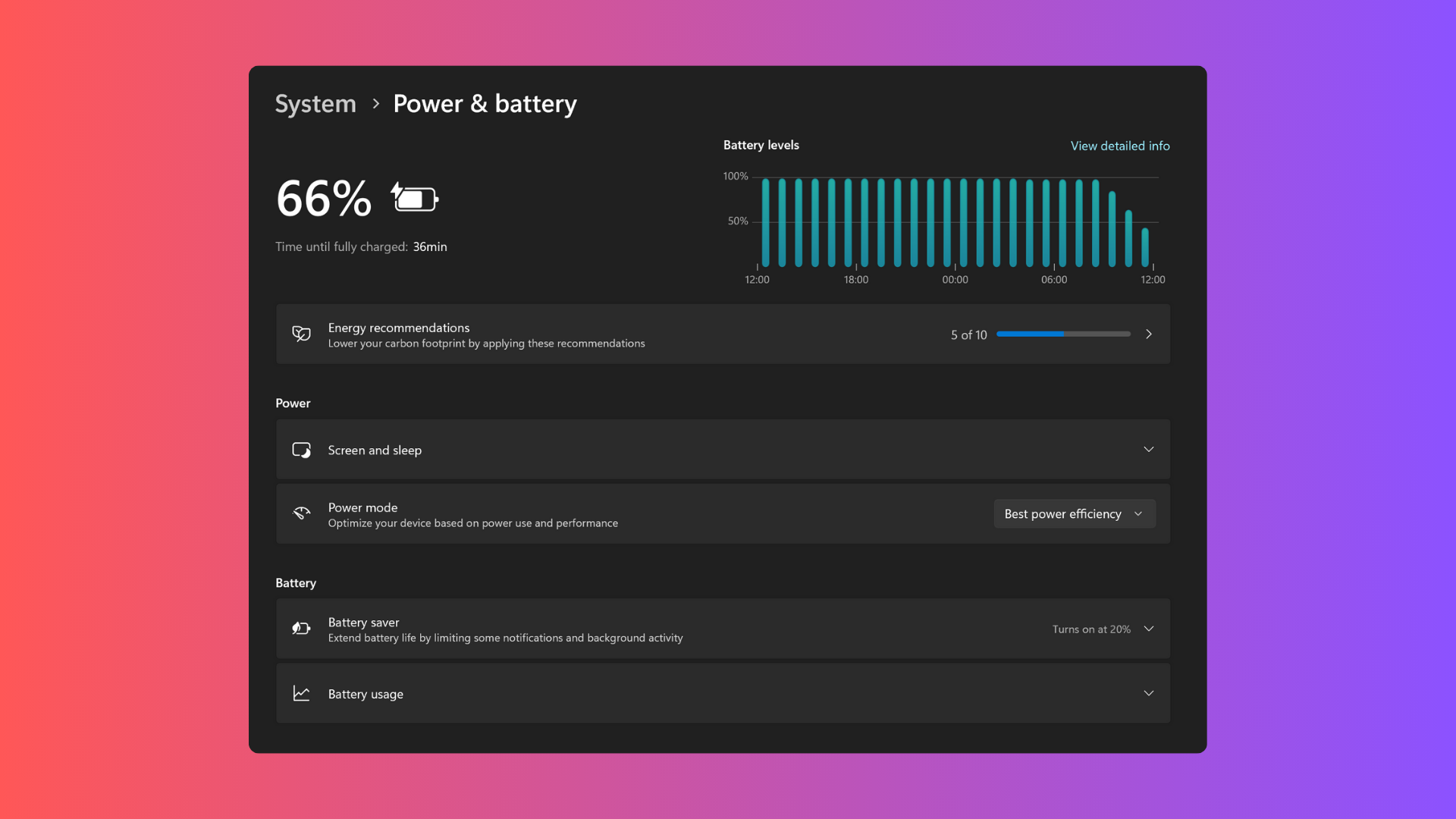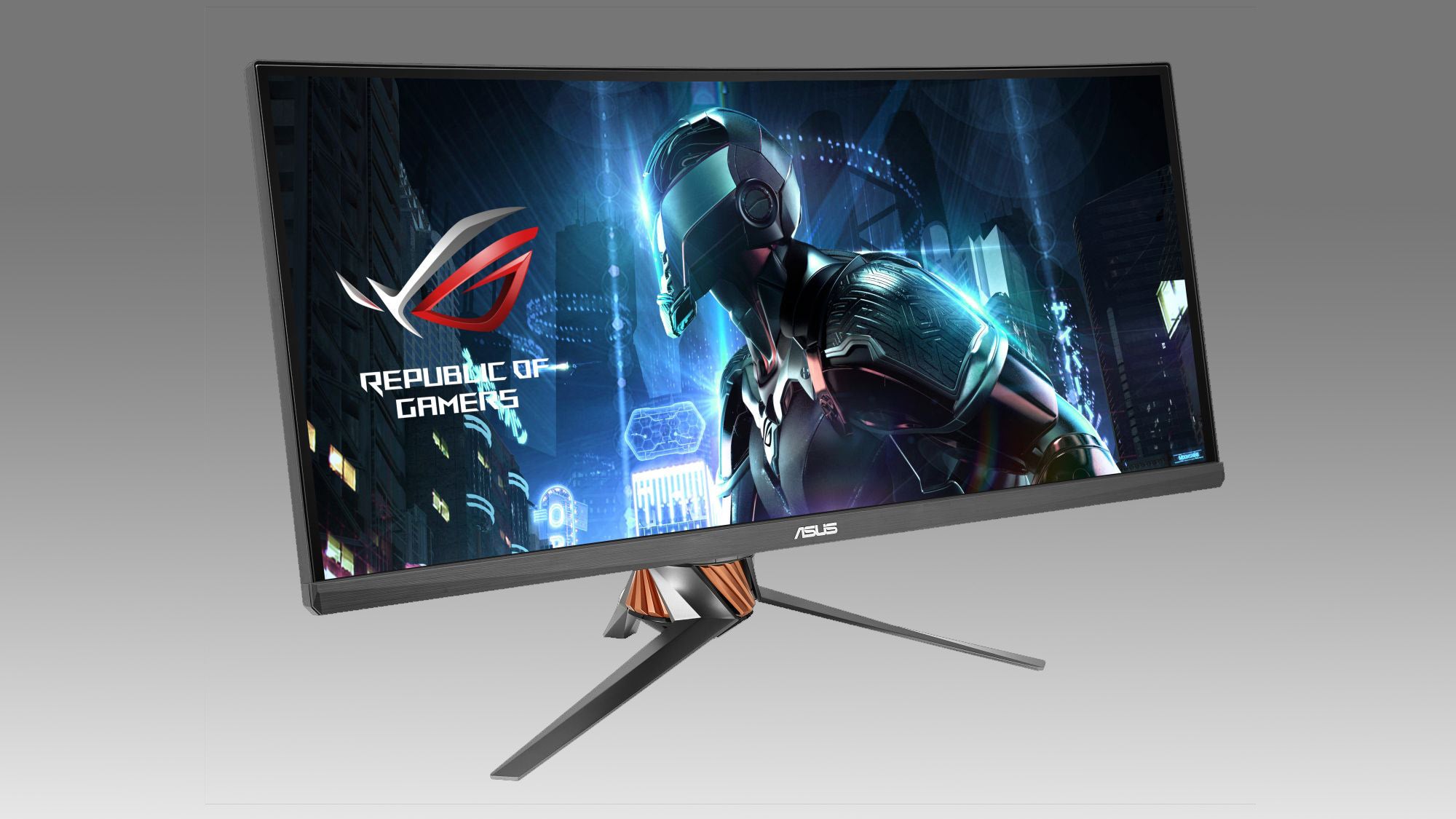What is mAh?
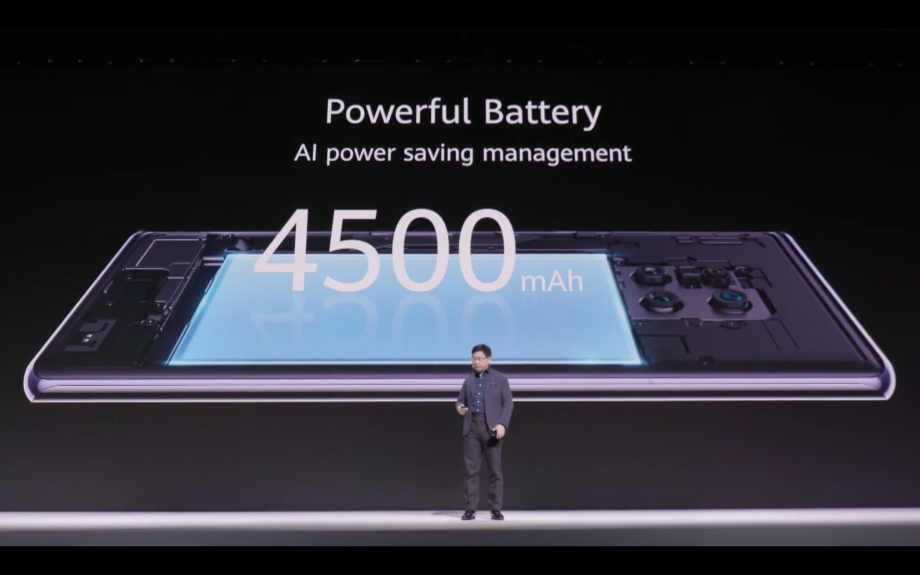
When checking the specifications of an electronic device, you may come across the term “mAh”. But what does it actually mean?
When you’re comparing the specifications of a new tech device, you may notice that the abbreviation “mAh”, with its unusual capitalisation, crops up fairly often. It stands for “milliampere hour”, which is a unit of measurement for the capacity of batteries. Therefore, the higher its mAh, the greater capacity a battery has.
This unit is calculated by multiplying the discharged current (measured in milliamperes) by the time taken (measured in hours); so if a battery discharges 100 mA in an hour, then it has a capacity of 100mAh.
Therefore, you might reasonably believe that the higher the capacity in mAh means the longer a battery can last under any circumstances, however, it’s actually a bit more complicated than that. For one thing the capacity is tested under laboratory conditions, rather than being used as you would in your daily life. Moreover, while there is a strong correlation between the battery capacity and battery life, the latter also depends on factors such as the device’s hardware and software efficiencies, so you may find that devices with a larger battery capacity may not last as long as those that are well optimised.
Take this one direct comparison for example: in our experience we found that the iPhone 13 (which has a typical battery capacity of 3240 mAh) actually has better endurance than the Samsung Galaxy S22 Plus (which has a typical battery capacity of 4500 mAh). During our tests the former lost 8% of charge after one hour’s video streaming and 1% of charge after one hour’s music streaming, while the latter lost 9% of charge after one hour’s video streaming, and 3% of charge after one hour’s music streaming.
The main reason for this is that Apple is famously good at optimising its hardware and software to work more efficiently with one another and why, despite having smaller batteries, its phones tend to last longer than their Android equivalents when we test them. Android is an open platform where companies can make changes to its code, and add extra features, which aren’t always fully optimised for the hardware being used, which is why outside of some exceptions, they tend to be less power efficient, despite having larger batteries.
This is also precisely why Trusted Reviews always uses real-world tests when putting a smartphone under review, to compare how they each perform when undertaking the tasks that you will use them for in everyday life, once you’ve bought it. We also use review handsets as our main phone, so that we can see how it lasts over the course of a busy day’s use.


